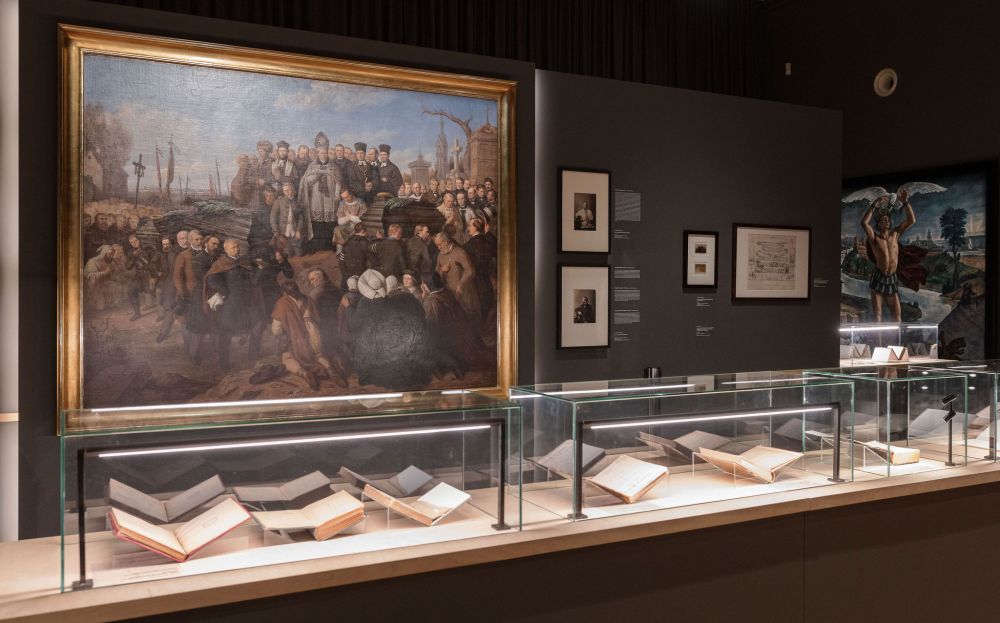- News
- Events
- Oneg Shabbat
- Collections
- Research
- Exhibitions
- Education
- Publishing Department
- Genealogy
- About the Institute
- Bookstore


In January the admission to the temporary exhibition is free of charge due to the 160th anniversary of the January Uprising.
W invite you to book your tickets online: https://tickets.jhi.pl/.
_____
Numerous circumstances caused few Jews, usually assimilated and attached to Polish identity, to take up arms in the Polish uprisings. We try to answer several questions: which processes led to the Jewish involvement in the fight for bringing Poland back on the map of Europe, and which discouraged them from the patriotic outburst?
We show 150 objects of the period: relief prints, photographs and paintings. The oldest come from around 1800 and the newest from 1930s. We present the roles of specific personalities in the armed struggle. One of them was Berek Joselewicz who became a symbol of the Polish-Jewish brotherhood and the fight for independence of the common Motherland.
First part of the exhibition covers the timeframe from Grand Sejm to the “Paskiewicz night”. It shows the difficult relationships between Poles and Jews at the end of the period of Old Poland, first shared efforts against Russia during the Kościuszko Uprising, finally, fighting along Napoleon and in the November Uprising. The second part encompasses 1861, when several minor anti-Russian demonstrations were seen as a Polish-Jewish reconciliation, as well as the January Uprising and its consequences. When talking about the 1860s we get to 1918 when Poland regained freedom. Third and last part of the exhibition is the The Funeral of the Five Fallen in 1861 by Aleksander Lesser.
More information about the exhibition
Project is co-financed by the Ministry of Culture and National Heritage
![10.2022_logo_MKiDN_EN.png [65.23 KB]](/storage/image/core_files/2022/10/28/f86d9ebe91780fc32a32ea41532e54fa/png/jhi/preview/10.2022_logo_MKiDN_EN.png)